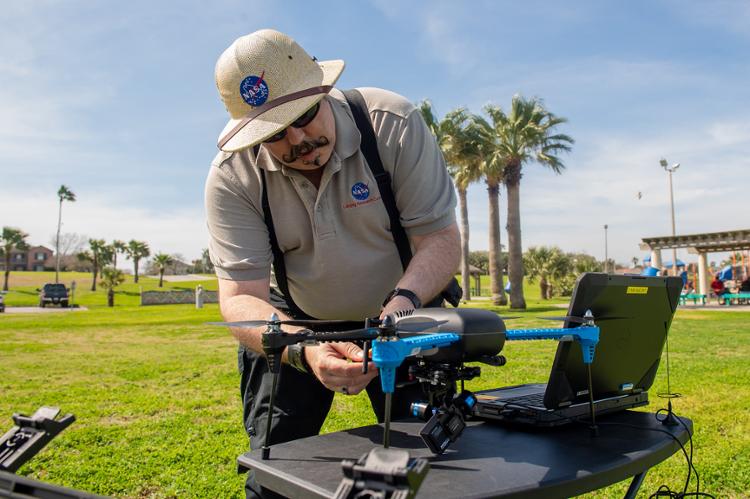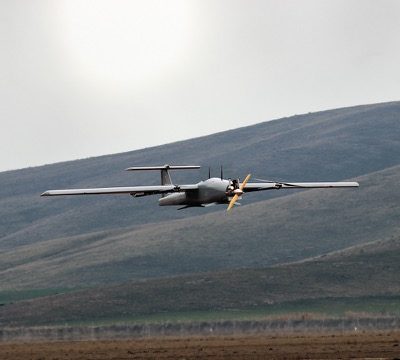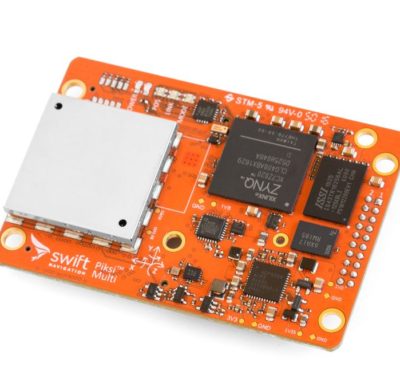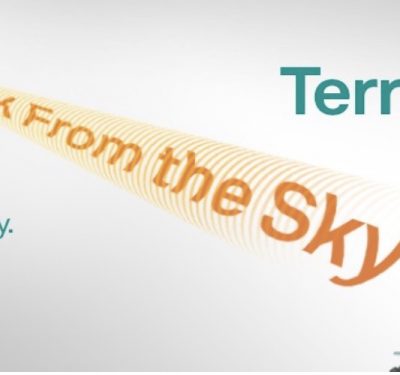
NASA’s UTM project works closely with the FAA to conduct field demonstrations of small unmanned aircraft systems to safely access low-altitude airspace.
The Lone Star UAS Center of Excellence & Innovation at Texas A&M University-Corpus Christi will soon begin test flights for NASA’s Unmanned Aircraft Systems Traffic Management (UTM) project.
The center is one of two sites selected nationwide, according to a news release. Testing in Texas will begin this summer, with the team focusing on drone communication, collision avoidance, safe landing, services that support drone operations, and safety in urban landscapes.
“The Lone Star Team is proud to have been selected by NASA to work on such critical testing efforts,” said Mike Sanders, Acting Executive Director of the Lone Star UAS Center of Excellence & Innovation. “This series of tests is a critical step in enabling the safe integration of unmanned aircraft systems within an urban environment. We look forward to working with NASA’s Ames Research Center, the City of Corpus Christi and its first responders, the Corpus Christi International Airport, the Port of Corpus Christi, as well as the many partners across Texas and the United States.”
NASA’s UTM project works closely with the Federal Aviation Administration (FAA) to conduct field demonstrations of small unmanned aircraft systems (sUAS) to safely access low-altitude airspace. These flights are the last in a series of drone technology testing that NASA has completed over the last four years, with the tests becoming more complicated each year.
NASA’s UTM project falls under the Airspace Operations and Safety Program within the Aeronautics Research Mission Directorate, with researchers at NASA’s Ames, Glenn, and Langley research centers.
“Our (program) represents the most complicated demonstration of advanced UAS operating in a demanding urban environment that will have been tested to date,” NASA UTM Project Manager Ronald Johnson said, according to the release. “For the commercial drone industry to really advance, they need to see the results of this testing to understand the opportunities and challenges posed by flying in an environment where communications, GPS navigation, micro weather, tall buildings, and community acceptance all present hurdles to everyday, safe operation.”






